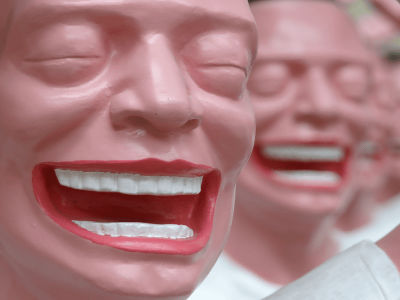A dentist commented on 'Is dental floss meaningful after all?'

Previous studies,
Do I need to floss my teeth?
https://theconversation.com/do-i-need-to-floss-my-teeth-133245
Weerakoon said of the importance of tooth brushing, 'The complex ecosystem of bacteria that lives in plaque is like a huge city, and tooth brushing to clean the plaque is like a Godzilla attack.' I will.
On the other hand, toothbrushing has also proved to be less effective at cleaning between teeth. Therefore, most caries and periodontal disease are caused by plaque between the teeth. That is where dental floss comes into play.
However, there are cases where even dental floss cannot compete. That is tartar that is calcified when the plaque on the teeth is left for a long time. Since plaque itself is just a slimy mass of bacteria, it can be removed with toothpaste or dental floss. I have no choice but to remove it.

Bleeding from the gums is one of the keys to distinguishing whether plaque remains unremoved. According to Weerakoon, when blood is bleeding from the gums, plaque and tartar are often accumulated there. Bleeding from the gums can also occur when you brush your teeth or eat.
It is not a big problem if the gums bleed a little, but if plaque or tartar causes the gums to have periodontal disease, the situation is serious. In addition to cosmetic problems such as yellowing of the teeth and recession of the gums, periodontal disease can cause bad breath and eventually result in tooth loss. Therefore, dental floss is important for removing plaque and preventing periodontal disease.
Based on the above, Mr. Weerakoon cites the following three conditions as conditions for 'a person who is effective for dental floss'.
・ Most teeth are left
・ The teeth are well aligned and the teeth are aligned properly.
・ Gingiva has receded and there is no triangular gap between teeth.
On the other hand, the conditions for 'when dental floss alone is not enough' are as follows.
・ When the gap between teeth is too large
・ Complicated treatments such as coverings, bridges and implants
・ Partial denture
・ Uses braces and other corrective devices
In these cases, you may need not only ordinary dental floss but also special tools, but it is up to the person to decide what kind of thing to use, so please consult your dentist the next time. I want you to.
If you play the following movie, you can understand 'effective use of dental floss' explained by the Australian Dental Association to which Weerakoon belongs.
There are many types of dental floss, so it's best to try it out and find out which one suits you best.
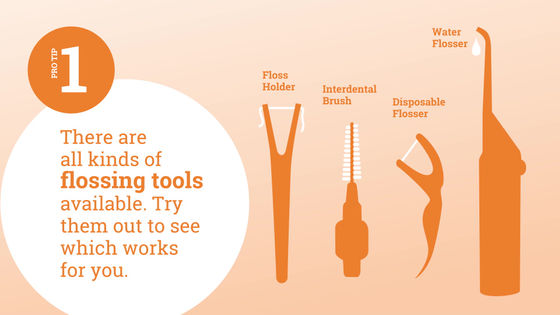
The timing to use dental floss is just before brushing your teeth. This is to make it easier for the toothpaste to get between the teeth, but it also makes dental floss part of the habit.

When using filamentous dental floss, first cut 30-40 cm and wrap most of the fingers around one hand, then wrap around the other finger 2-3 cm.
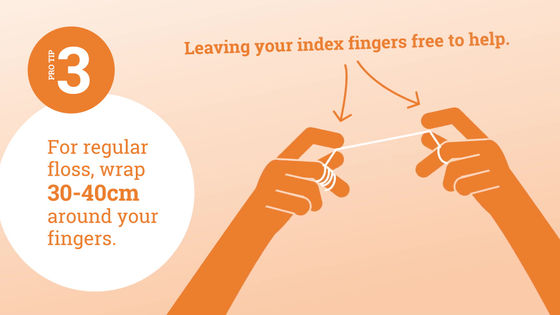
Wrap a large amount of dental floss in one hand so that you can send the dirty area to the other hand and always use the clean area.
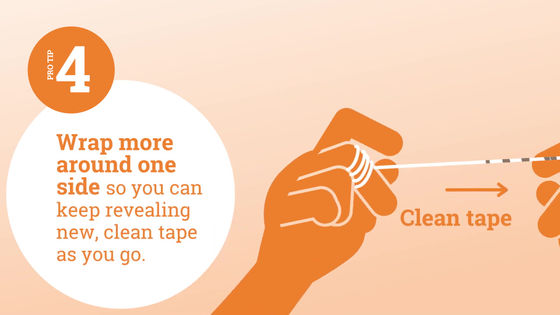
When inserting dental floss between teeth, be careful not to damage the gums ...
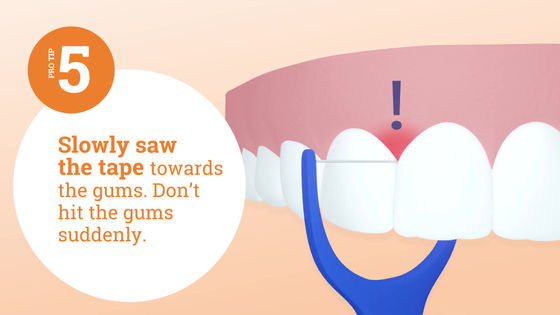
Move the dental floss in a triangle and clean to the root of the tooth.
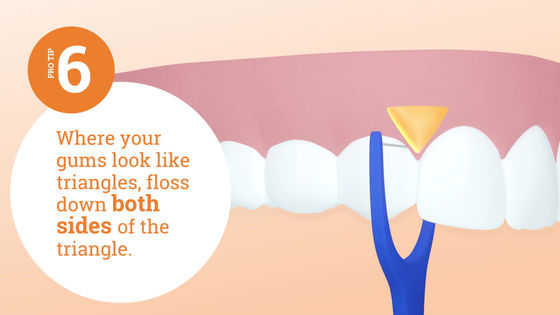
You may get a little bleeding from your gums before you get used to it, but you will not get blood in a week or two.
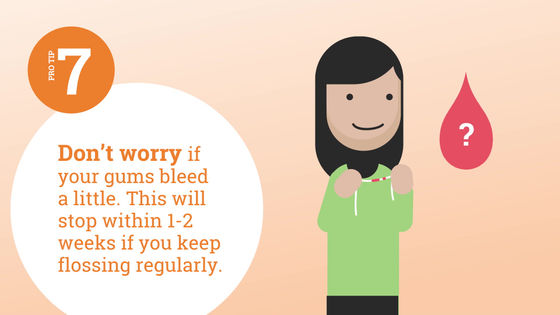
Related Posts:
in Note, Posted by log1l_ks



